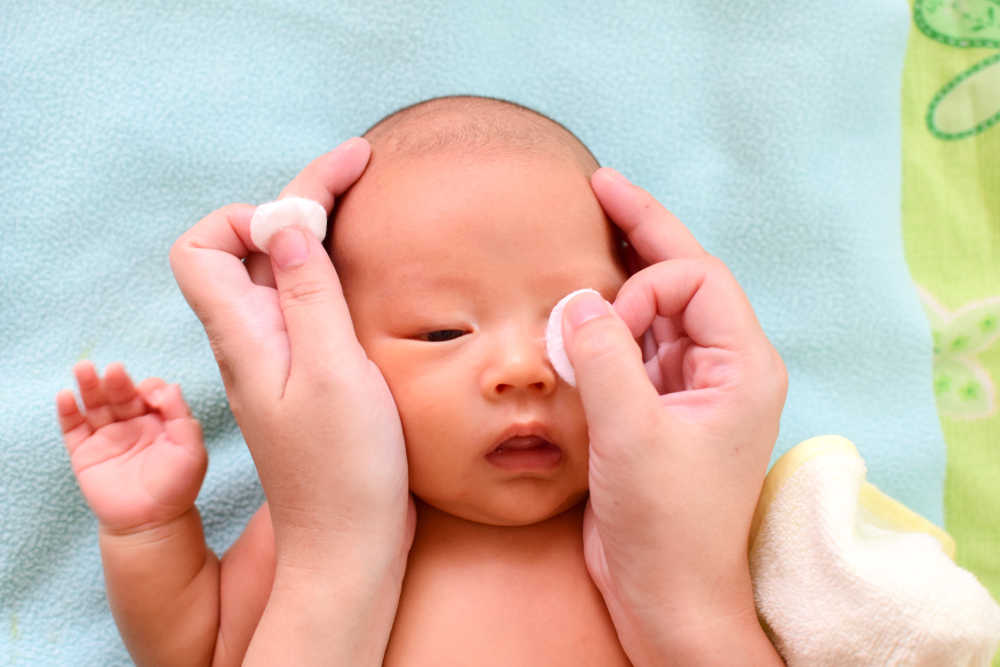In babies, watering, which can occur in one or both eyes, usually related to congenital obstruction of the excretory ducts, becomes evident after 3 weeks when the tears begin to secretion. This situation, in which babies have watery eyes as if they are constantly crying, can turn into a sticky and inflamed watery with secondary infections that develop over time.
Tear ducts may be blocked
Tears secreted continuously from the tear glands form a thin layer on the surface of the eye. In this way, the eye remains constantly wet, washed and cleaned. The integrity and transparency of the eye is preserved and then it is drained into the nose through tear ducts. Watering and burrs in the eyes of babies can be a sign of congestion of these tear ducts.
Other diseases should also come to mind
Eye watering in newborn babies can be caused by other causes, which can be rare but sometimes very serious. Eye watering and inflammation seen with blood in the first hours and days after birth may also be due to an infection transmitted through the birth tract or chemical irritation of the agents used during birth. Both prevention and treatment can be achieved with appropriate antibiotic drops and pomades.
Massage the tear sac
In the majority of babies, the thin membrane opens spontaneously within a few months. Thus, normal discharge begins in the nose and watering passes. With the massage applied to the tear sac area by the family before, it is ensured that the accumulated discharge is evacuated and cleaned, and the opening of the membrane is facilitated by the effect of mechanical pressure. During the congestion period, eyes should not be left with burrs, this sticky dark discharge should be cleaned by washing with saline solution or boiled cooled water. When necessary, antibiotic drops recommended by the specialist should be used for secondary infections.
It can heal spontaneously
In babies, the chances of spontaneous opening of the canal are very high. Therefore, one should wait until at least one year of age for an invasive procedure. If the problem continues after the age of one, invasive procedures can be planned under general anesthesia. The success rates of probing performed under general anesthesia and additional silicone tube placement after the age of one year are quite high. Although it is recommended to perform non-anesthetized probing for 5-6 month old babies, intervention to be performed in small babies where the tissues are not yet developed has the risk of doctor-induced injury and permanent occlusion in the canals.
May herald eye pressure
In babies with congenital glaucoma (eye pressure), eye enlargement may be accompanied by watery eyes. Initially, these babies, who can be described as ‘big, beautiful eyes’, are disturbed by the light. The baby tends to hide its head in its mother’s bosom to be protected from light. The resulting watery eye should bring the possibility of congenital eye pressure in this case. In addition, various eye surface diseases, which are also rare, can cause light disturbance and watery eyes. A simple clinical examination will determine the cause of the watering.

